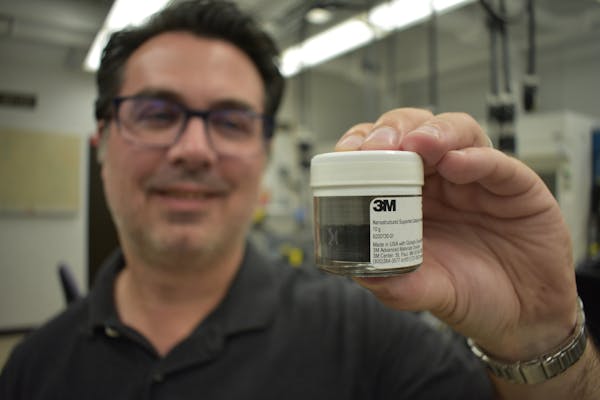In the wake of George Floyd's murder, local entrepreneur Amir Berenjian and his team wanted to create a safe and accessible space to talk about some of the Twin Cities area's challenges, including its racial equity gaps, which are among the largest in the country.
Berenjian describes what his St. Louis Park company, REM5, created as akin to a "virtual social justice museum" — an exhibit in the metaverse. Similar to a computer game, people can walk through a virtual gallery of information and images on their home browsers.
REM5 has worked with General Mills, HandsOn Twin Cities, the University of St. Thomas and most recently Target to make the "1 City. 2 Realities" virtual experience part of employee training.
REM5 was founded in 2018 with the idea to make the technology of virtual reality more available to the masses.
The company recently launched the virtual exhibit on a new digital platform that Berenjian hopes can evolve into an easy interface for clients to build their own immersive learning and development experiences within the metaverse without the help of a developer.
"We believe that the metaverse or spatial web is a really, really powerful tool, but it's not accessible for most people so we built experiences and tools that empower non-gamers," he said.
"Think of it like the Wix [website design builder] for the metaverse," he said.
A few decades ago, people needed to hire web developers to build simple blogs or websites. Now, design applications allow novices to quickly create a fully functioning site.
REM5 has a brick-and-mortar lab in St. Louis Park where people can host events and rent time to play games with the help of virtual reality headsets. It also has a REM5 Studios creative agency and the REM5 For Good arm, which creates virtual experiences for education, corporate training and beyond.
It has used virtual reality to help with other diversity and equity training in the past. But in summer 2020, after Minneapolis became the center of a racial reckoning that swept the world, the REM5 team developed the "1 City. 2 Realities" experience.
"I had all this data that basically told this story of Minneapolis and Minnesota and how we hold ourselves up as 'Minnesota nice' and best parks and greatest places to live, yada, yada, but when you start to look at the data around wealth gaps, education gaps, incarceration rates, redlining, we are like the bottom five," he said.
People choose an avatar to "walk" through several gallery rooms with statistics, photos and videos, including murals painted across Minneapolis; a map of minority neighborhoods that were redlined as high-risk for mortgage lending; and 360-degree photo spheres that allow the user to travel through George Floyd Square.
The experience is done through a web browser. REM5, which had been known for its experiences with virtual reality headsets, had to adjust during the pandemic to engage users remotely without them having to wear headsets and be in the same room.
More companies have started to dip their toes in immersive metaverse experiences. This week, Walmart announced it had created a Walmart Land and Walmart's Universe of Play within the Roblox metaverse game platform.

From lakeside getaways to urban oases, here are the 2025-26 Home of the Month winners
Rural Minnesota doctors find patients open to off-site gun storage as suicide prevention

Bloomington home with luxuries including multilevel pool and theater lists at $3.29M

